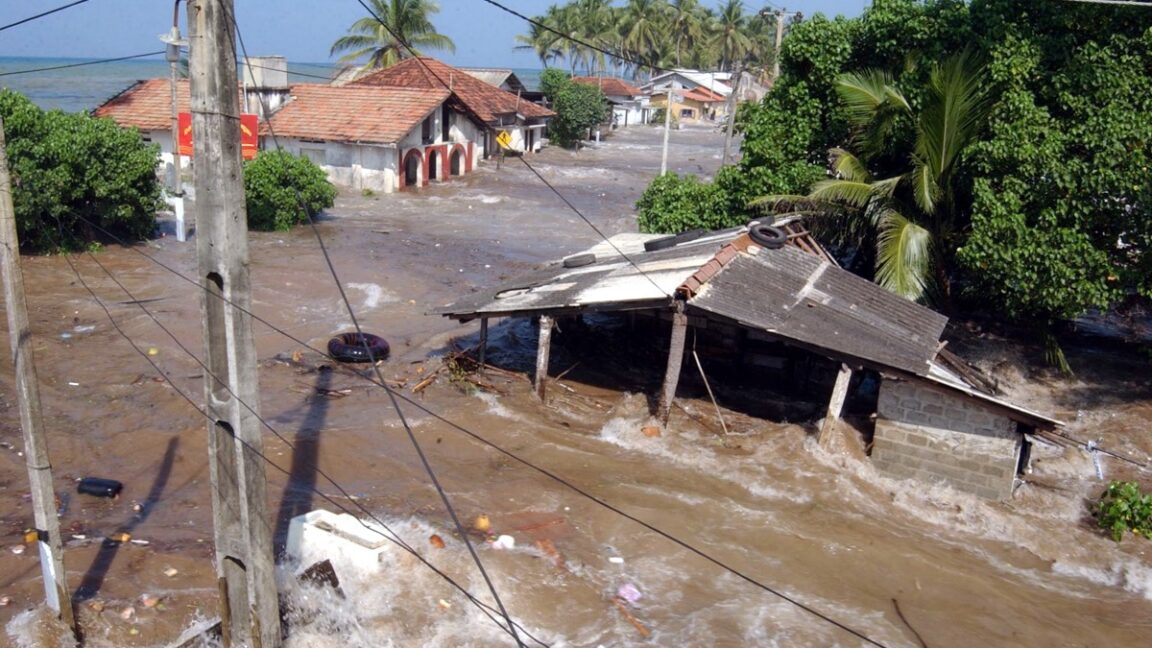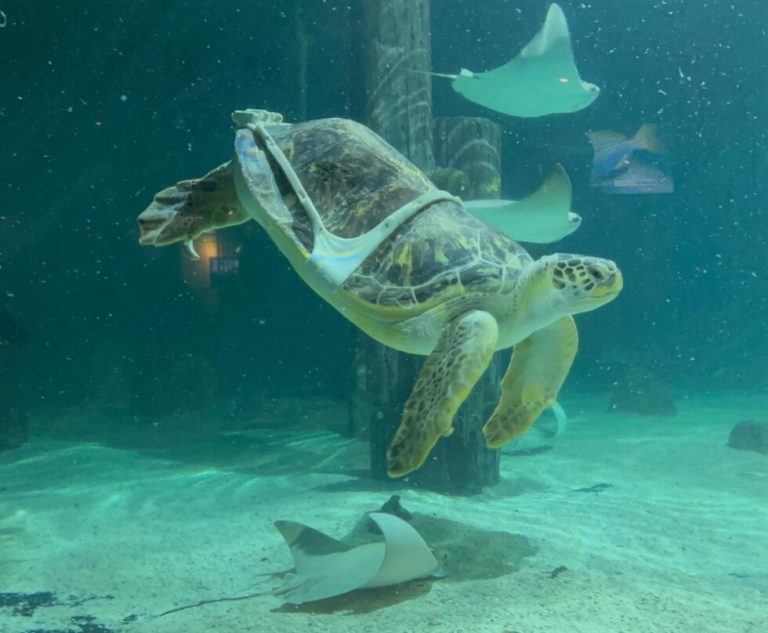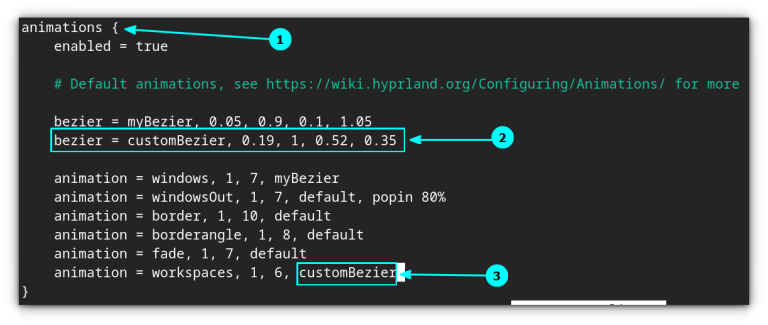
In the wee hours of December 26, 2004, a massive 9.2 earthquake occurred in the Indian Ocean, generating an equally massive tsunami that caused unprecedented devastation to 14 countries and killing more than 230,000. Twenty years later, National Geographic has revisited one of the deadliest natural disasters in recorded history with a new documentary: Tsunami: Race Against Time. The four-part series offers an in-depth account of the tsunami’s destructive path, told from the perspectives of those who survived, as well as the scientists, journalists, doctors, nurses, and everyday heroes who worked to save as many as possible.
Geophysicist Barry Hirshorn—now with Scripps Institution of Oceanography at the University of California, San Diego—was on duty at the Pacific Tsunami Warning Center in Hawaii that day (3 PM on Christmas Day local time). His pager went off, indicating that seismic waves had set off a seismometer in Australia, and Hirshorn rushed to the control room to locate the quake’s epicenter with his colleague, Stuart Weinstein.
They initially pegged the quake at 8.5 magnitude. (It was later upgraded to 8.9 and subsequently to a whopping 9.2 to 9.3 magnitude.) But despite its strength, they initially did not think the quake would generate a tsunami, at least in the Pacific. And such events were incredibly rare in the Indian Ocean.
Hirshorn and Weinstein also lacked any real-time sea level data that would have told them that a massive amount of water had been displaced by the movement of two key tectonic plates (the India and Burma plates). Four hours later, the first tsunami waves hit Indonesia, Thailand, India, Sri Lanka, and the Maldives, leaving a path of destruction and death in their wake.
Geophysicist Barry Hirshorn on the lack of an tsunami early warning system for the Indian Ocean. Credit: National Geographic
What sets this new documentary apart is the emphasis on the survivors’ harrowing stories. Veteran surfer David Lines, for example, was living in Banda Aceh at the time with his wife Nurma. They managed to outrun the tsunami by car, but Nurma lost 30 family members. Journalist and videographer Denny Montgomery faced a similar situation, racing against time to rescue his mother. Zenny Suryawan watched his family get swept away by the tsunami, surviving by clinging to debris. A young mother in Khao Lan was separated from her infant son and had nearly given up hope when she finally found him alive at a nearby hospital.

![How to Change Menu Color in WordPress [A Visual Guide]](https://matchpage.info/wp-content/uploads/2024/09/how-to-change-menu-color-in-wordpress-a-visual-guide-158.png)



